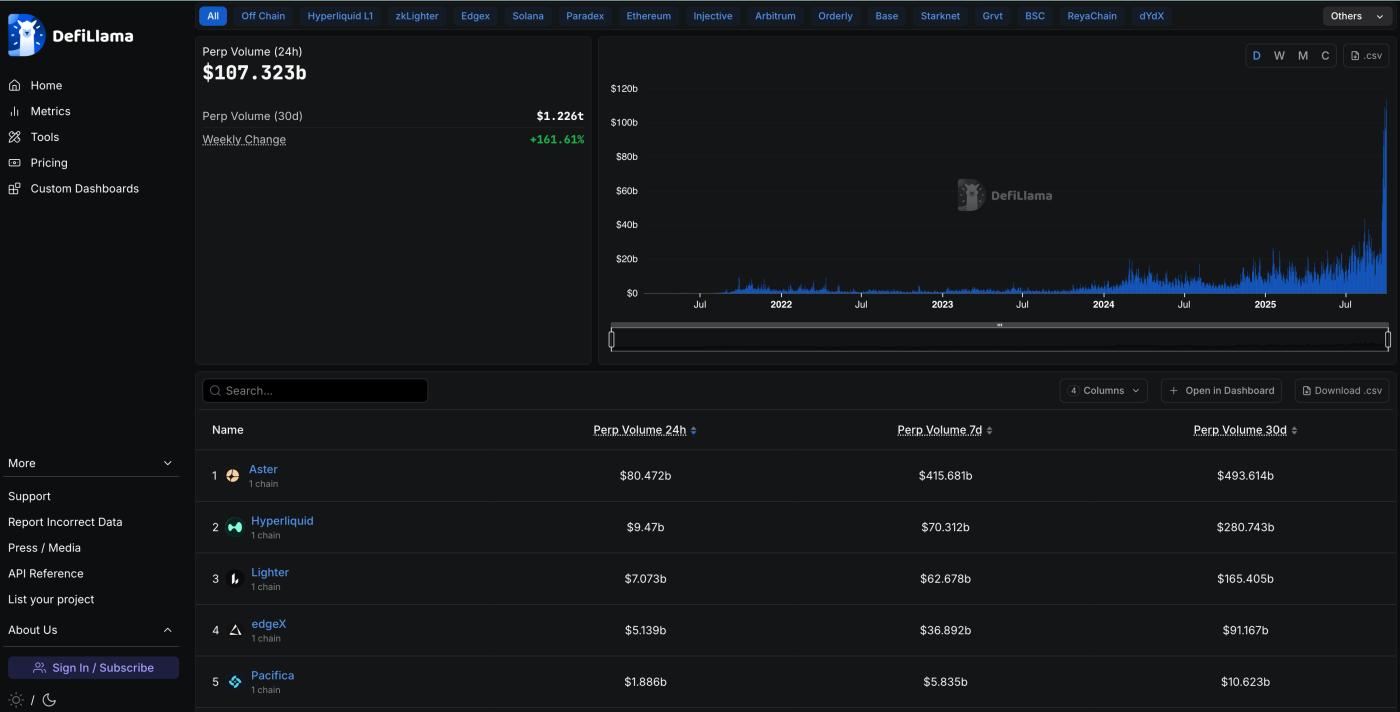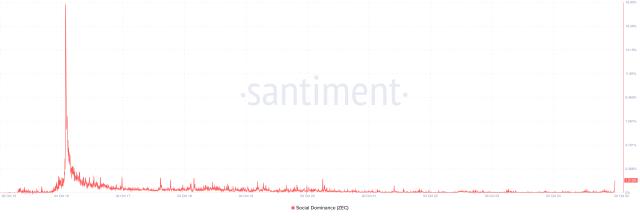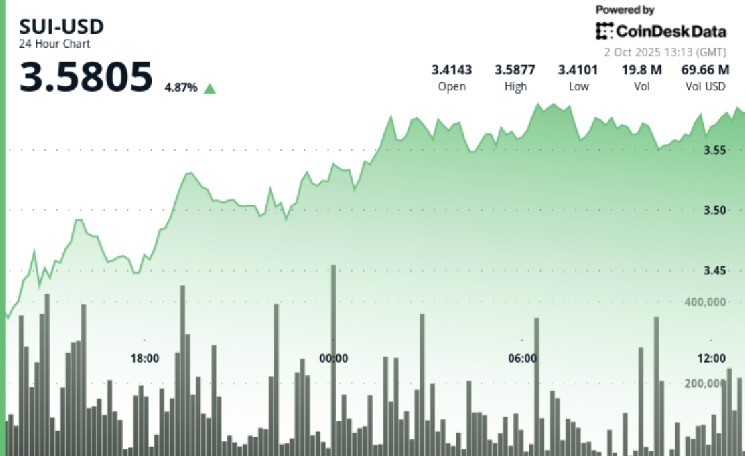Lighter has launched Primary Network after eight months of private beta testing, entering the competitive perpetual decentralized exchange (perp DEX) space.
The company announced the launch on October 2, 2023. Their platform enables perpetual trading with low fees and low latency thanks to custom zero-knowledge (ZK) circuits. These cryptographic systems authenticate transactions without revealing the underlying data. They allow for verifiable order matching and liquidation.
Public launch after beta phase
Built as a Layer 2 (L2) of Ethereum, Lighter combines high performance with on chain transparency. The project has published audit reports showing that its smart contracts and ZK infrastructure have been externally audited. According to the development team, the design balances scalability and security while still giving control to users.
According to defillama , monthly volume on DEXs surpassed $1 trillion for the first time in September 2023. It reached $1.143 trillion, up nearly 50% from the previous month.
 Source: defillama
Source: defillamaSeveral protocols, including Hyperliquid, Aster, and Lighter, each recorded more than $100 billion in 30-day volume, showing that decentralized Derivative products are becoming central to on chain liquidation .
User growth, incentives and market risk
Lighter has ended its first season of points and begun a second season, which is expected to last until the end of 2025. Deposit limits and referral requirements have been removed. The invitation-based rewards program continues. The number of accounts has expanded to 188,000, with 50,000 daily active users compared to just 100 in the first beta phase.
Retail investors pay no fees. API-based high-frequency trading firms now pay fees. The protocol has also introduced rules to limit wash trading and Sybil attacks.
Robinhood CEO Vlad Tenev calls Lighter a step forward for decentralized infrastructure. BitMEX founder Arthur Hayes XEM it as an experiment in on-chain high-frequency finance. Supporters say the features show maturity. Analysts at Gate say liquidation transparency and margin efficiency still lag behind centralized standards.
Decentralized perpetual transactions will process more than $2.6 trillion by 2025. The same analysis pointed to ongoing transparency concerns. Another report observed that daily volume above $100 billion have fueled debates about systemic risk. A separate study highlighted how Airdrop incentives, including Lighter’s, are influencing user behavior.
Bitwise’s Max Shannon previously told BeInCrypto that the addressable market is already huge and could expand rapidly if DEXs continue to gain market share from centralized exchanges.
“Centralized exchanges processed about $16 trillion in the past year. As leverage and swing trading increase turnover, DEX perp volume could expand faster than spot trading. If market share increases from 30% to 50%, annual DEX volume could reach $20 trillion within five years. At 75% market share, they could reach $30 trillion. These assumptions are consistent with recent trends and are supported by favorable regulation, stablecoins and exchange IPOs, and growing institutional adoption,” he said.
Gate analysts also identified five Dai risks in the space. These include liquidation illusion, hidden costs, and inefficient escrow systems. Whether Lighter becomes a mainstay of DeFi liquidation or faces difficulties may depend less on its coding design and more on how regulators and traders balance speed and trust.







